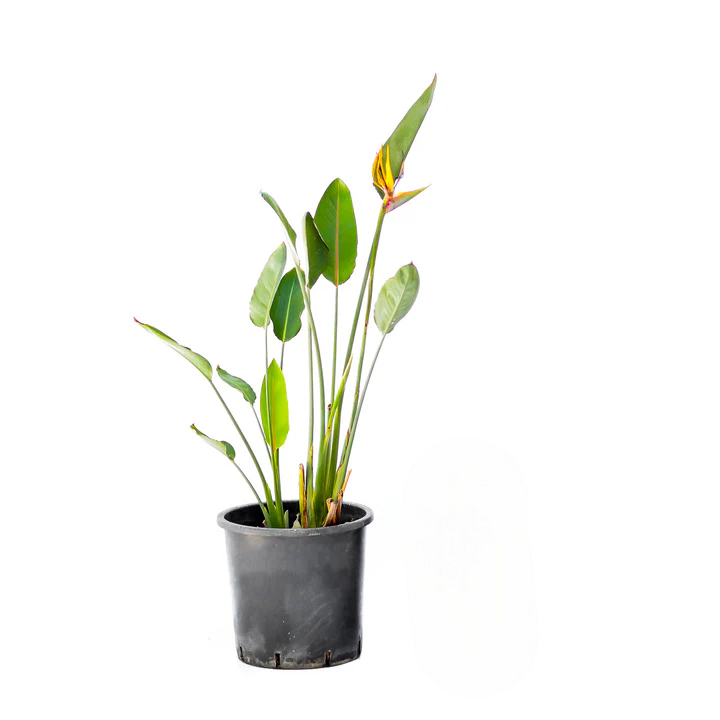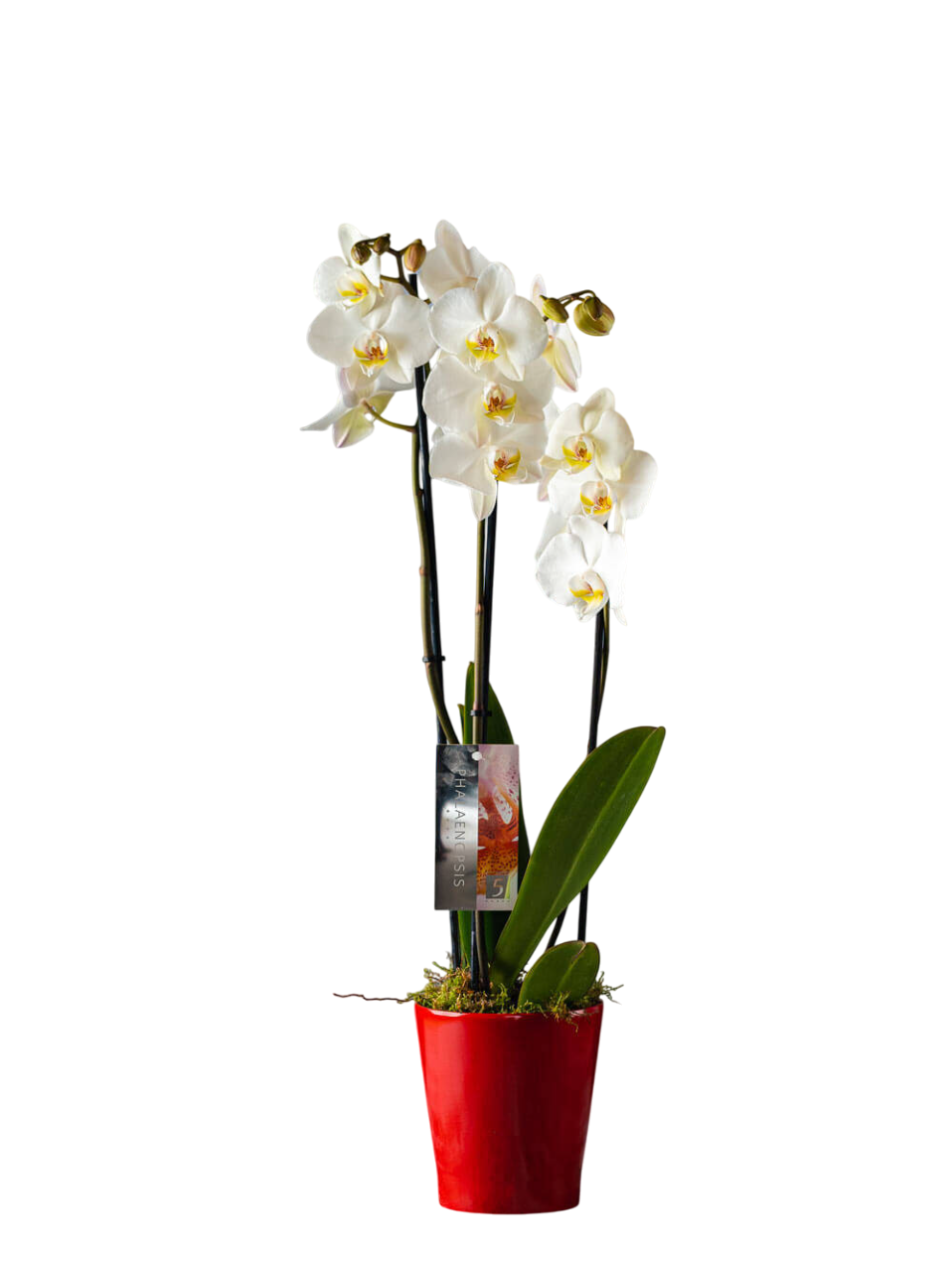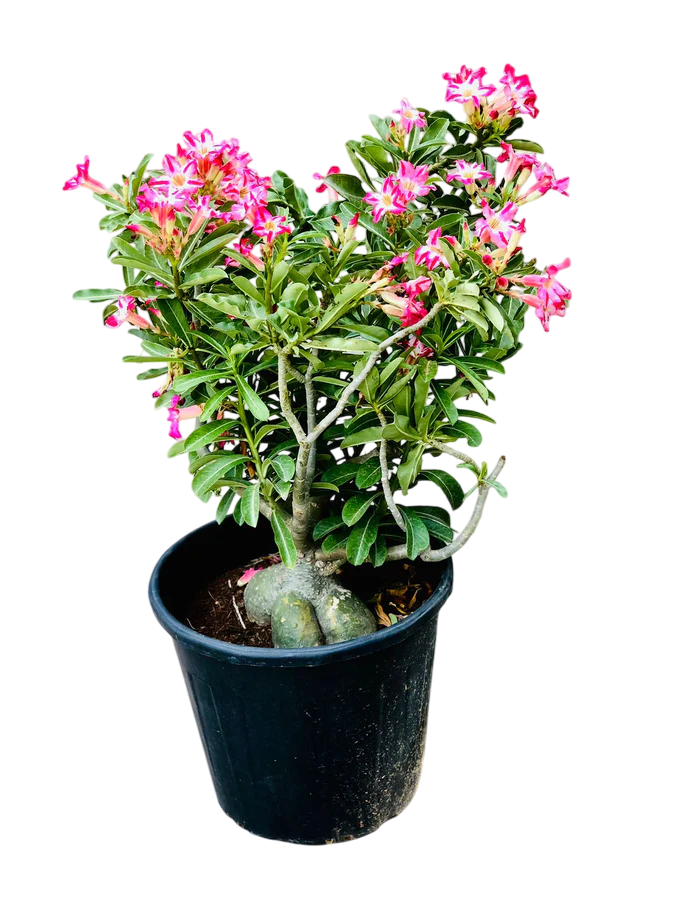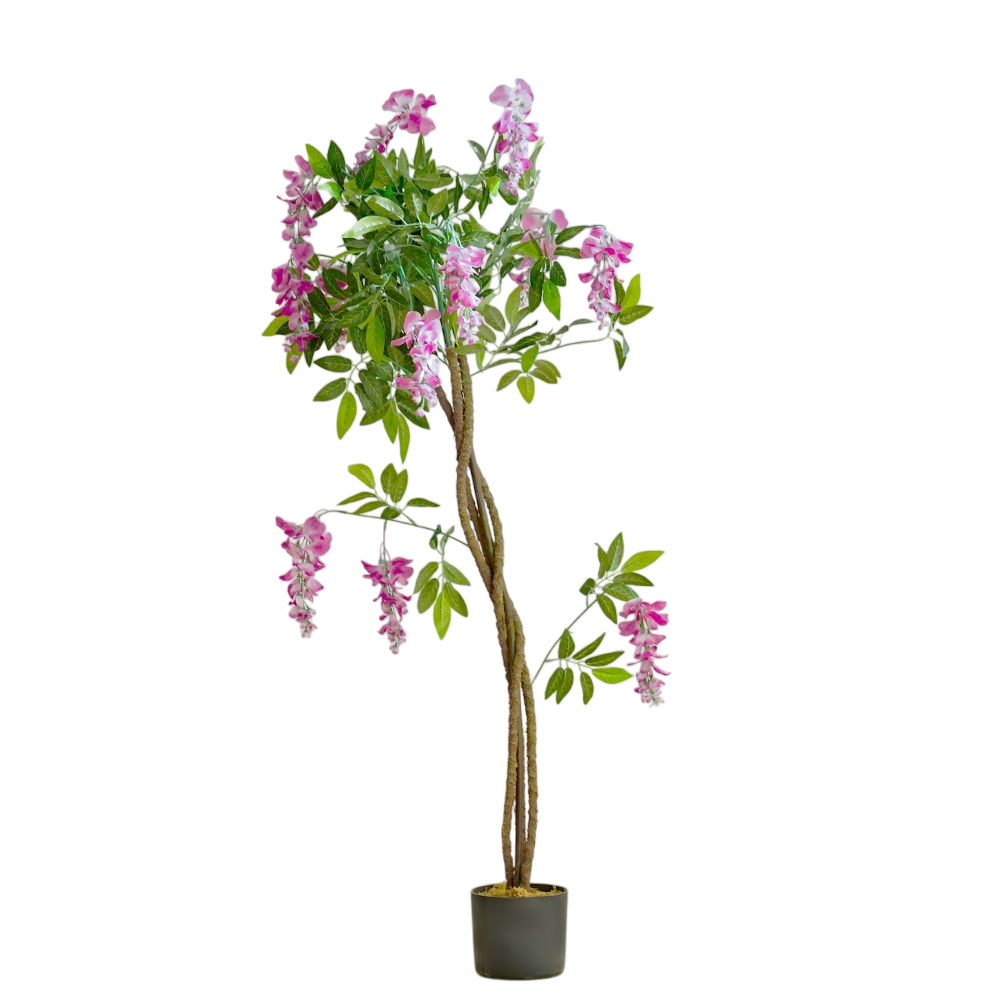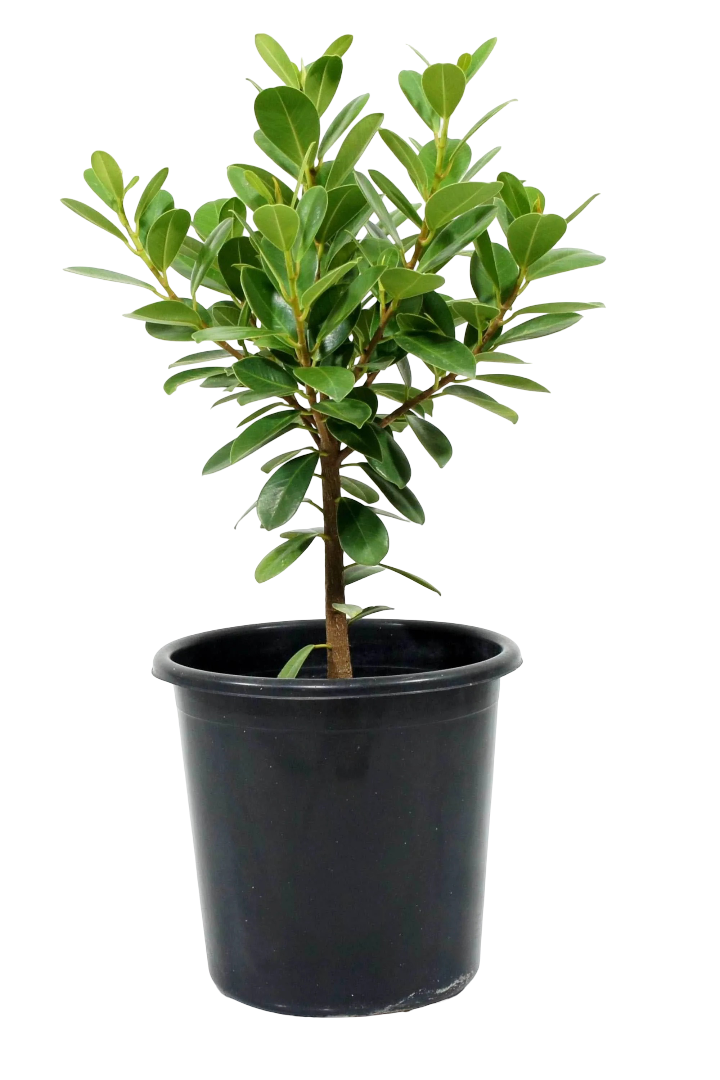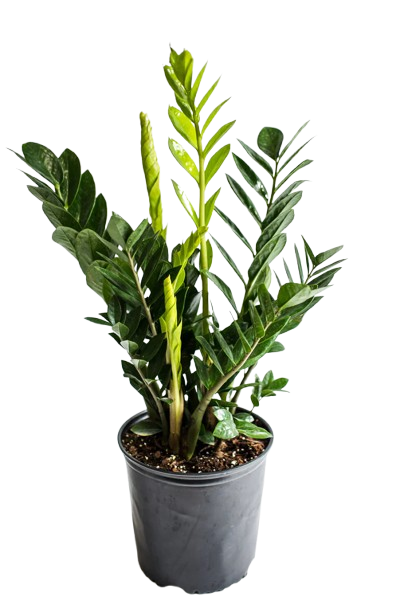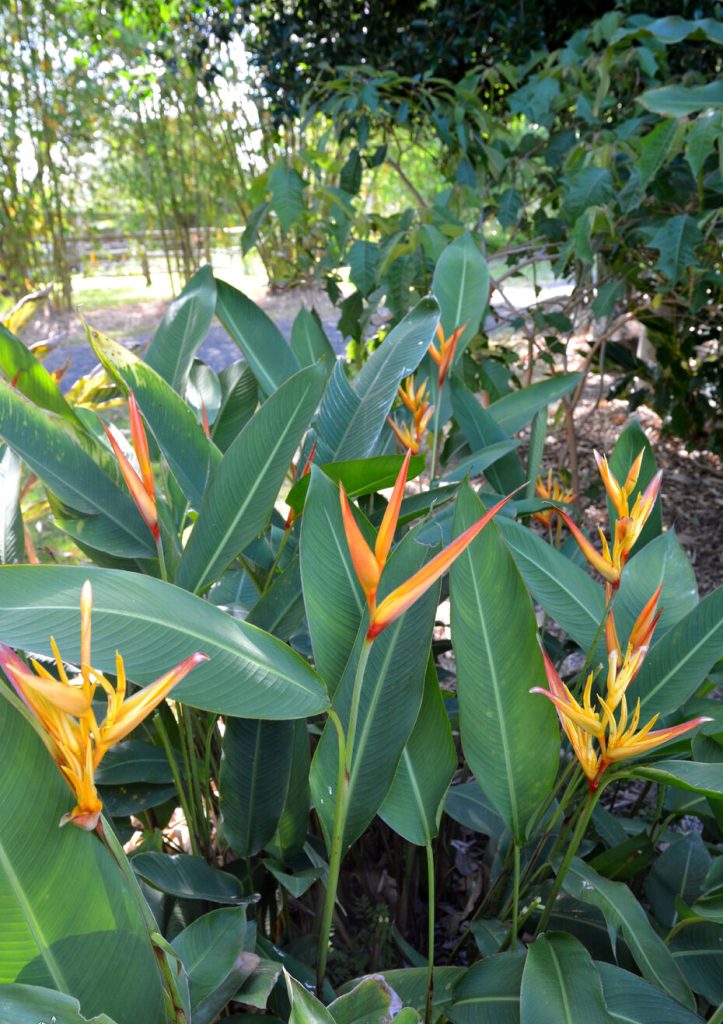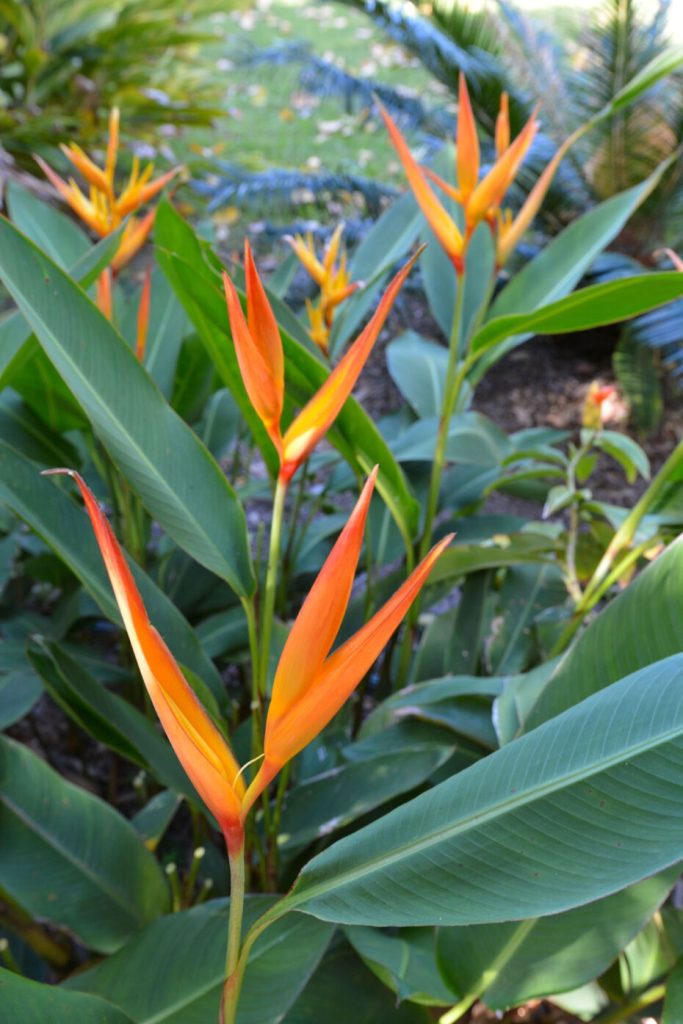Bird of Paradise in Kenya: A Tropical Statement Plant for Bold Spaces
The Bird of Paradise (Strelitzia reginae) is a showstopper among tropical plants, loved for its striking, bird-like flowers and lush banana-shaped leaves. Native to South Africa but thriving beautifully in Kenya’s warm climate, it’s a favorite for gardens, patios, and stylish indoor spaces. Known locally for its exotic beauty, this plant adds an architectural flair that instantly transforms any home or office into a tropical haven.
Why Grow the Bird of Paradise?
- Striking Appearance: Its vibrant orange and blue flowers resemble a tropical bird in flight.
- Long-Lasting Blooms: Each bloom can last several weeks, brightening your space.
- Low Maintenance: Tolerates drought and thrives in Kenya’s warm conditions.
- Perfect for Indoors & Outdoors: Adds dramatic height and lush greenery to any setting.
- Symbolic Meaning: Represents joy, freedom, and paradise — a perfect gift or centerpiece plant.
Cultural & Historical Significance
Native to South Africa, the Bird of Paradise is the national flower, symbolizing freedom and beauty. Its name honors Queen Charlotte of the United Kingdom, born Duchess of Mecklenburg-Strelitz. Across the world, it’s regarded as a symbol of paradise and joy — often associated with tropical luxury and celebration. In Hawaiian and Caribbean cultures, it’s a favorite ornamental plant used in weddings and festive decorations for its vibrant, uplifting presence.
Ideal Growing Conditions in Kenya
- Light: Prefers bright, indirect light or full sun when grown outdoors.
- Temperature: Ideal range is 18–30°C — perfect for most Kenyan climates.
- Soil: Well-draining, fertile loam with organic compost.
- Watering: Water moderately; allow the soil to dry slightly between waterings.
- Regions: Grows well in Nairobi, Naivasha, Kisumu, Mombasa, and other warm areas.
How to Plant It
- Choose a sunny spot or a large indoor pot with good drainage.
- Mix garden soil with compost and sand for aeration.
- Plant the rhizome shallowly, with the top just above the soil.
- Water well and mulch lightly to retain moisture.
- Support young plants with a stake if needed for balance.
Care Tips
- Wipe leaves regularly to remove dust and promote photosynthesis.
- Feed monthly during growing season with a balanced fertilizer.
- Prune old or yellowing leaves to maintain shape.
- Repot every 2–3 years to refresh soil and encourage growth.
Pests & Diseases
- Pests: Watch for aphids, scale, and spider mites — use neem oil or insecticidal soap.
- Diseases: Avoid waterlogging to prevent root rot; ensure proper drainage.
Pet Safety
The Bird of Paradise is mildly toxic to cats and dogs if ingested. Keep it out of reach of curious pets to avoid mild stomach upset.
Growing in Containers
Perfect for balconies, verandas, and hotel lobbies. Use a deep, sturdy planter to support its height and weight. Indoors, place it near a window with bright light for lush, vibrant growth.
Where to Buy Bird of Paradise in Kenya
Find premium Bird of Paradise plants and elegant pots at Planters.co.ke. We deliver healthy tropical plants across Nairobi and major towns, helping you bring paradise closer to home.
Final Thoughts
The Bird of Paradise is more than just a plant — it’s a statement of beauty, freedom, and tropical sophistication. For Kenyan homes, offices, and hotels seeking bold greenery with elegance and charm, few plants rival its stunning allure.
Recent Posts
- Dahlia plants: Planting, Care & Blooming Guide
- Scarlet Sage plant: Growing, Care & Garden Benefits
- Colour Lily Bulbs in Kenya: Planting, Care & Blooming Guide
- Christmas Lemon Cypress tree: Festive Charm, Care Tips & Indoor Growing Guide
- How to Select Potting Medium & Fertilizers for Your Plants : A Complete Guide

